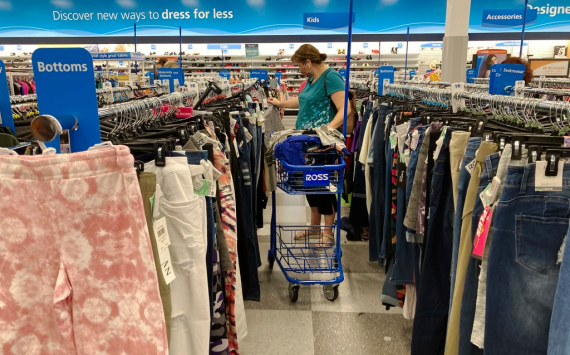
Inflation for the households
Over the past couple of months, Allison, a wife and mother of a toddler and teenager from Chicago, says she's been spending about $50 more each week on groceries to feed her family and that's at the discount supermarket chain Aldi's.
"I used to spend $70 a week, but suddenly this summer I noticed I couldn't leave the shop without spending at least $120," said Allison, who works in education.
Like millions of Americans whose income hasn't kept up with inflation up 5.3 percent in August from a year earlier Allison and her family are feeling the burden of the rising cost of living and are giving up some things to make ends meet.
Her family is skimping now. "No more spending money to go to Home Depot for an extra plant or to eat out," Allison said.
Spurred on by supply shortages and huge government spending, inflation has become an added tax on middle-class Americans coming out of the COVID quarantine.
According to Mark Zandi, chief economist at Moody's Analytics, for households whose average annual income in the US is around $70,000, the current rate of inflation has forced them to spend another $175 a month on food, fuel and housing.
Although government officials have called inflation "transitional", it has reached a 30-year high and has been holding steady for months.
Unpredictable supply chain problems, including a record number of more than 70 cargo ships waiting to dock at the Port of Los Angeles, make it difficult to predict price stabilisation. To make matters worse, the shortage of truckers has exacerbated the situation and shows no sign of abating. Everything from wood to electronics is getting more expensive and scarce. Many consumer experts do not see immediate relief with some preparation for a sharp increase in credit card debt. During the pandemic, many consumers paid off debts because they were spending less while receiving larger unemployment cheques.
But Zandi said credit card balances and delinquency rates have been increasing since April after slowing down during most of the pandemic. Delinquency stands at 1.54 per cent as of September 21, up from 1.30 per cent as of April 21.
"The rise will continue until the middle of next year," forecasts Gordon Haskett analyst Chuck Grom.







